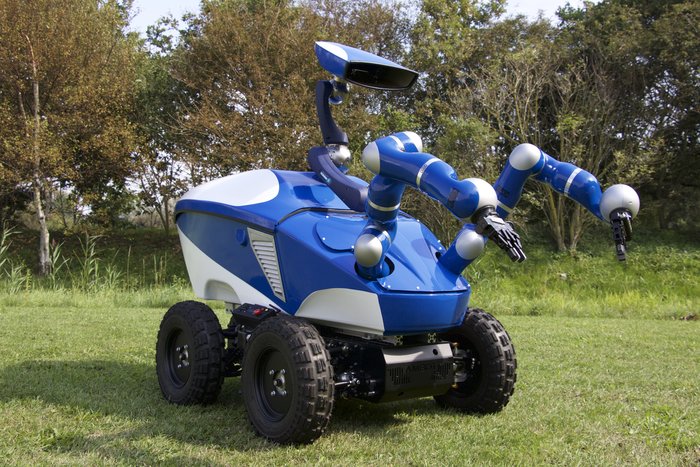
Developed by researchers at ESA’s Telerobotics and Haptics Laboratory and the Delft University of Technology, the system improves upon current technology which relies on visual cues to control remote vehicle movement. In the traditional visual-driven system, operators cannot feel what they are doing so they must move very slowly and carefully when performing precision tasks.
For most of these remote functions, the video feedback is not only inefficient and slow; it’s also not really necessary. According to ESA Telerobotics and Haptics Laboratory research head André Schiele, most of the operator’s movements could be done with their eyes closed if they could only feel what they were doing.
“The task is very difficult with visual information alone but should be easy if force-feedback information tells you intuitively when the pin hits the board, or how it is misaligned.” said Schiele. It is this crucial tactile sensation the ESA researchers hope to introduce with their new remote control rover system.
Mogensen is slated to arrive at the International Space Station on September 2nd and will conduct his first test on September 7th. He will connect to the Earth-based 4×4 Interact Centaur rover via a cluster of geostationary satellites capable of transmitting signals to the space station with only one second of lag. The rover on the surface will be equipped with a panning camera and a pair of precision-controlled, force-sensitive robotic arms. They system will provide both visual and tactile feedback so Mogensen can feel what he is doing as well as see it.
As part of the trial, Mogensen must maneuver the rover around the grounds of ESTEC technical center in Noordwijk, Netherlands to locate an operations task board. He then must use the robotic arms to remove and plug a metal pin into the board. The pin must be precision-fitted with a tolerance of less than a sixth of a millimeter (approximately 150 micrometers).
If successful, the system could literally extend “human reach down to Earth from space.” It also could be used on the ground to pilot remote vehicles in Arctic conditions, deep oceans and other harsh environments that are not accessible to humans.
Editors' Recommendations
- Junk from the ISS fell on a house in the U.S., NASA confirms
- Amazing Earth photos shared by outgoing ISS astronaut
- Homeward bound private astronaut shares gorgeous night shots of Earth
- Axiom-3 astronaut offers fresh perspectives from inside the ISS
- Watch ISS astronauts share holiday messages with earthlings





